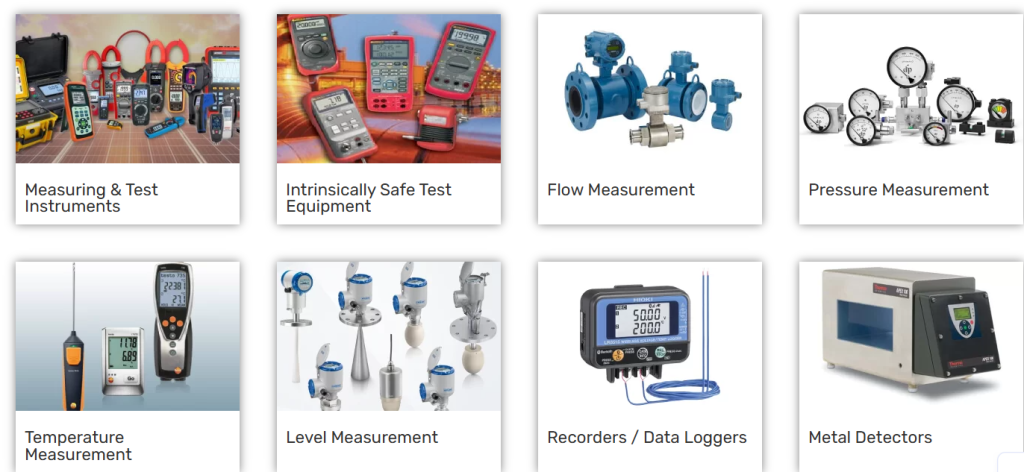
In the world of electronics and technology, ensuring that devices operate correctly is crucial. From your laptop to your smartphone, each product undergoes various testing stages to verify its performance and reliability. The instruments used to carry out these tests are known as test and measurement equipment. These tools help engineers and technicians assess devices’ functionality, accuracy, and quality, ensuring they meet safety and performance standards.
What Is Test and Measurement Equipment?
Test and measurement equipment is used to evaluate the performance of a device by sending and reading signals, allowing technicians to understand how a device functions under different conditions. This data is vital for detecting any faults or errors in the device, so they can be fixed before the product reaches the consumer.
These tools measure a variety of factors like voltage, current, resistance, and power, all of which influence the device’s overall performance. By examining these metrics, the equipment helps determine whether the device will operate as expected in various environments and use cases.
Types of Test and Measurement Equipment
Test and measurement equipment can be broadly categorized into three types:
1. Instruments for Measuring Basic System Parameters
These instruments are designed to measure fundamental parameters such as:
- Voltage (measured with voltmeters)
- Current (measured with ammeters)
- Resistance (measured with ohmmeters)
These devices help check the basic electrical properties of a circuit or system to ensure that everything functions within the required limits.
For example:
- A Volt Meter is used to measure the voltage in an electrical circuit.
- An Ohmmeter measures the resistance, helping you identify issues like faulty connections or short circuits.
- An Ammeter checks the current flowing through a circuit to ensure that it matches the device’s specifications.
2. Instruments for Testing Stimulus Signals
Stimulus signal testers are used to send specific signals into a device to test its response. These signals can simulate real-world conditions to check how the device behaves under various stress levels, frequency ranges, or other operating conditions.
Instruments in this category include signal generators, which can produce a variety of signal types, such as sine waves, square waves, and pulses. These signals are essential for verifying whether a device can handle certain types of input or communication signals.
3. Instruments That Measure the Response to These Signals
Once a stimulus signal is applied to a device, it is crucial to measure the response. Instruments in this category capture and analyze the output from the device to identify how well it responds to the stimulus.
For instance:
- Oscilloscopes are used to display and measure the electrical signals output by a device. These tools help visualize how a device reacts to input signals over time, which is crucial for analyzing device performance, signal integrity, and response accuracy.
Types of Meters: Analog vs. Digital
Many test and measurement devices come in two forms: analog and digital.
- Analog Meters: These meters have a needle or pointer that moves across a scale to show the measurement. While they have been used for many years, analog meters can be harder to read and may not provide the same level of precision as their digital counterparts.
- Digital Meters: These meters display measurements in numeric form, making them easier to read and more accurate. For instance, digital voltmeters provide a precise numeric value for voltage, which eliminates any guesswork and minimizes errors in reading.
Common Test and Measurement Tools
Here are a few of the most commonly used test and measurement tools:
- Multimeter – This versatile instrument combines several functions, including voltage, current, and resistance measurement. It is essential for any technician or engineer working with electronic devices.
- Oscilloscope – This tool is used to visualize and measure electrical signals, especially useful for analyzing the waveforms and frequency of signals.
- Signal Generators – Used to produce specific electrical signals for testing and calibration.
- Spectrum Analyzers – These devices measure the amplitude of signals across different frequencies, making them useful for testing and analyzing communication systems.
Why Test and Measurement Equipment Matters
Testing and measuring are essential for maintaining the quality and safety of electronic products. By using the right instruments, manufacturers can ensure that devices operate as intended and avoid costly errors or safety issues in the future.
From the simplest device to the most complex, these tools help detect faults, verify performance, and guarantee that the product meets the required standards before reaching consumers.
Conclusion
In the world of electronics, proper testing is essential to ensure the reliability and safety of every device. Test and measurement equipment plays a pivotal role in this process, helping engineers and manufacturers pinpoint issues, verify performance, and ensure products meet the highest standards. Whether you’re measuring basic parameters like voltage and current or testing the device’s response to various signals, having the right tools at your disposal is crucial for success in any technical field.
If you’re looking for high-quality test and measurement tools, it’s important to choose reliable instruments that suit your specific needs. The proper equipment not only ensures accurate results but also saves time and effort, leading to better overall product quality.
